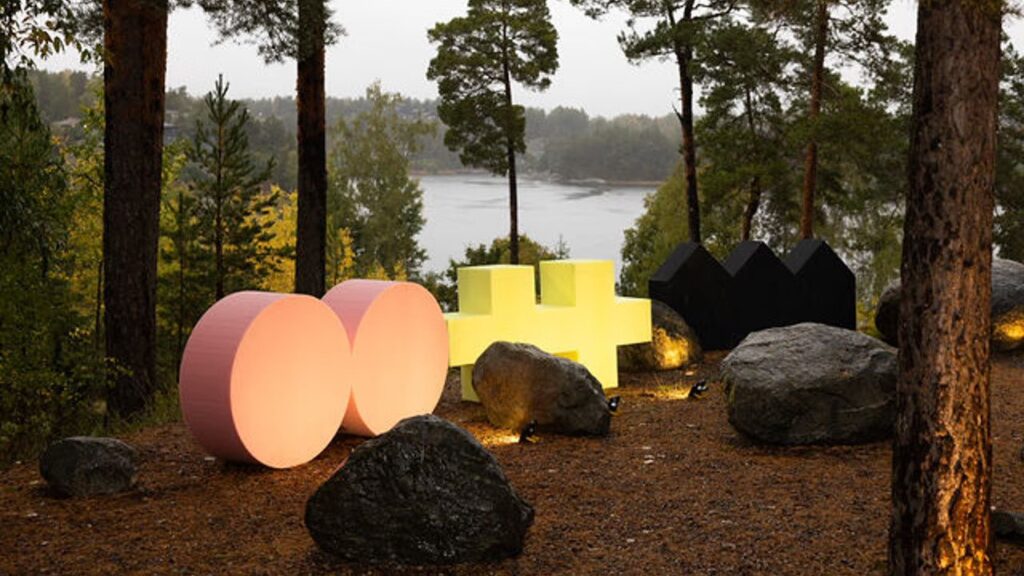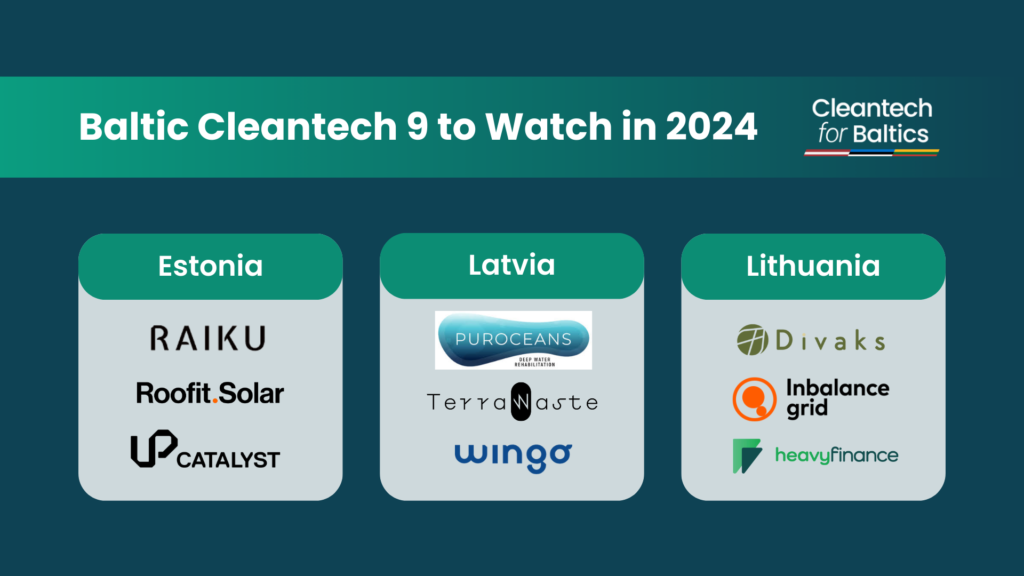The initiative goes live with an extensive and highly detailed study on climate tech and includes unique, actionable advice on how to scale climate tech businesses from inception to becoming category leaders.
Initiated by EQT Ventures and Contrarian Ventures, with representatives from HSBC, 2150, Norrsken, Einride, Northvolt, Marvel Fusion and Genomines, among others, Climate Brick is an open community initiative to fast-track climate technologies.
Many of the innovations that shape modern life were built on common frameworks, but there is not yet an adequate blueprint for bringing climate technologies to scale.
While climate technologies have the potential to abate 90 per cent of 2050 global emissions, it is estimated that they rely on investments of ~€270tn up until the same year. It is important that capital is appropriately allocated, and the industry is collaborating to ensure those building climatetech companies have all of the resources available to be successful.
By analysing more than 3,000 companies and interviewing approximately 100 of Europe’s most prominent climate pioneers and experts, Climate Brick has published a comprehensive study with unique and actionable advice on how to scale climate businesses.
I spoke to Sandra Malmberg and Ted Persson, Partners at EQT Ventures to learn more.
How did Climate Brick get started?
The story behind Climate Brick really demonstrates the power of collaboration, which is not the first thing that springs to mind when you think of a competitive sector such as investment.
Malmberg explained: “Ted and I run the climatetech practice and meet three to five founders every day.” The investors would receive the same questions everyday from founders. We have one view of the world, some other investor has another, just like when something is new.”
The Point Nine SaaS Funding Napkin served as inspiration,. but in climatetech, there are no standards. There’s no common perspective or view.
“So we decided to bring to the world, some type of framework or manual so both, us as investors, and more importantly, founders can spend time on what’s important, not the debate, what Seed round is, or A round or B round for a particular type of climate company. With the climate goals we have set for 2030 and 2050, there’s enough work to be done without arguing.”
The duo spoke to friends within the climate investor ecosystem. Then we brought on board McKinsey and now, almost a year later, we’re launching the climate great project tomorrow.
What are the climate bricks?
Green Deployment for companies operating, deploying, or owning green assets, such as solar, wind, and battery parks.
Asset as-a-Service for companies enabling green assets through a software/tech platform, such as micromobility or Electrical Vehicle-as-a-Service.
Product Disruption for companies optimising product value chains through green design and engineering, such as e-aircraft, equipment, and gadget transport vehicles.
New Technology for companies developing innovative technologies that revolutionize industries, such as carbon capture and new materials (e.g., food, cosmetics, agriculture or healthcare).
Moonshot for companies launching game-changing science that will change the way entire sectors work, such as fusion and quantum computing.
Companion Software For companies offering software enabled through hardware, such as software for utilisation, optimisation and BMS/grid management.
For each business profile (called Bricks) there is a unique risk profile, suggested capital stack, and roadmap for scaling the business.
The bricks show the necessary milestones that need to be reached for the different stages of a company. A founder can see, for example, what kind of revenue you probably should target, and what type of offsets and how big a percentage of the production you should look into, as well as key hires.
An investor can use the bricks when assessing companies. But they are also a tool for policymakers to help companies to stay and scale in Europe, as well as large companies who could be a source of other pools or finance and capital.
While its early days in terms of deployment of climate bricks, Persson noted: “The climate bricks are not only attracting seasoned climatetech investors but also generalist investors who might be super new to this world. And I think one of the ideas about the product is to have all the archetypes and founders of investors meeting and agreeing on one one framework.”
Persson sees the North star goal as to bring more climatetech companies to scale faster: “But one step below that is usage of the bricks which might mean different things for different stakeholders. For investors, we would love these templates to be featured in the Investment Committee presentations and investment thesis as a tool for founders fundraising, for example.”
Malmberg sees the biggest gain for the project is uniting people. “It’s all built into the model that you have to collaborate. In software, you basically have the equity investor and the founder, but here you have 20 more stakeholders. If you’re not into good collaboration, you will struggle.”
With a record 43 per cent of global climate tech venture capital investments being deployed into Europe in 2023, the parties involved now see this as a perfect time to launch such an initiative.
And this is just the start. Climate Brick is a community that will continue to be co-developed by its members through events, social media, data gathering and further details of its findings. Visit www.climatebrick.com to get involved and learn more.




